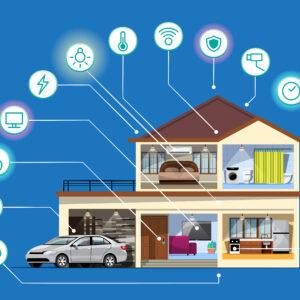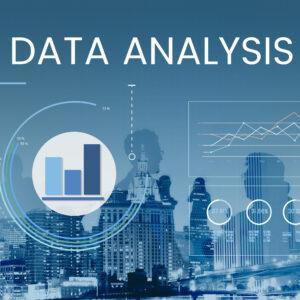Technology is a main impetus force of revolution today; stimulating even the most renowned organisations to update and reinstate how they stay pertinent. When you think about food, technology is barely the primary thing that comes to mind. Nevertheless, the world population is mounting, demand is intensifying, and technology in the food industry is budding dynamically. According to a recent survey report, tech revolutions contribute for the production of more food and in a quicker period of time, while also making products more reasonable and with a better and enhanced quality. In other words, the forthcoming days have now started changing the food and beverage space globally.
Precision agriculture is often referred to as satellite farming, is one of the best effects of modern technologyand implies the use of GPS tracking network and satellite imagery to supervise crop produce, soil conditions, and weather scenes to upsurge efficacy on the farm. Precision technology is progressively important as the subject of feeding 9 billion people by 2050 becomes more conceivable. The technology was accepted in the early 1990s, and started with crop yield screens. Now, there are equipment such as software for weather forecasting and soil testing tools to observe nitrogen and phosphorus content within the soil.
The biotechnology used to generate genetically modified organisms (GMO) is significant in food technology, and also fairly serious. A GMO is a thing that has been genetically plotted to have certain characters, like pesticide and herbicide resistance, and enhanced nutritional value. Nowadays food technology update newsreveals the cases of millions of acres of genetically engineered crops worldwide. Farms often spread over vast distances, and farmers need assistance to supervise the yield of the areas. Drones are becoming a popular substitute for additional labour for this purpose, and progressive technology is making drones more prolific. With drones, farmers can find out exactly where a diseased or damaged plant is located, more explicitly discharge fertilizer and pesticides, or take snapshots and have detailed information about a farm land.
The concept of 3D printed food isn’t precisely mouth-watering, but this latest technology update takes the food industry to the next level altogether. Right now, the most popular 3D printed food is 3D Systems’ candy, which comprises unadulterated sugar with some real nuts, berries and software used by the particular candy or chocolate manufacturer. 3D printing is now popular on cakes, muffins and cupcakes and has revolutionised the food industry manifold.
Technology is empowering researchers to make new findings that are modifying our comprehension of nutrition. Big data in specific is exposing the impacts of certain foods that specialists did not formerly understand. The FDA in current years has been compelled to issue updates on what we think is essentially healthy and flawless. One of the biggest advantages of modern technologyis that it has rationalised food production. Now food and by food we mean the regular as well as the high-end ones are produced and processed locally and at regional level to make it far reaching and impressively affordable.










